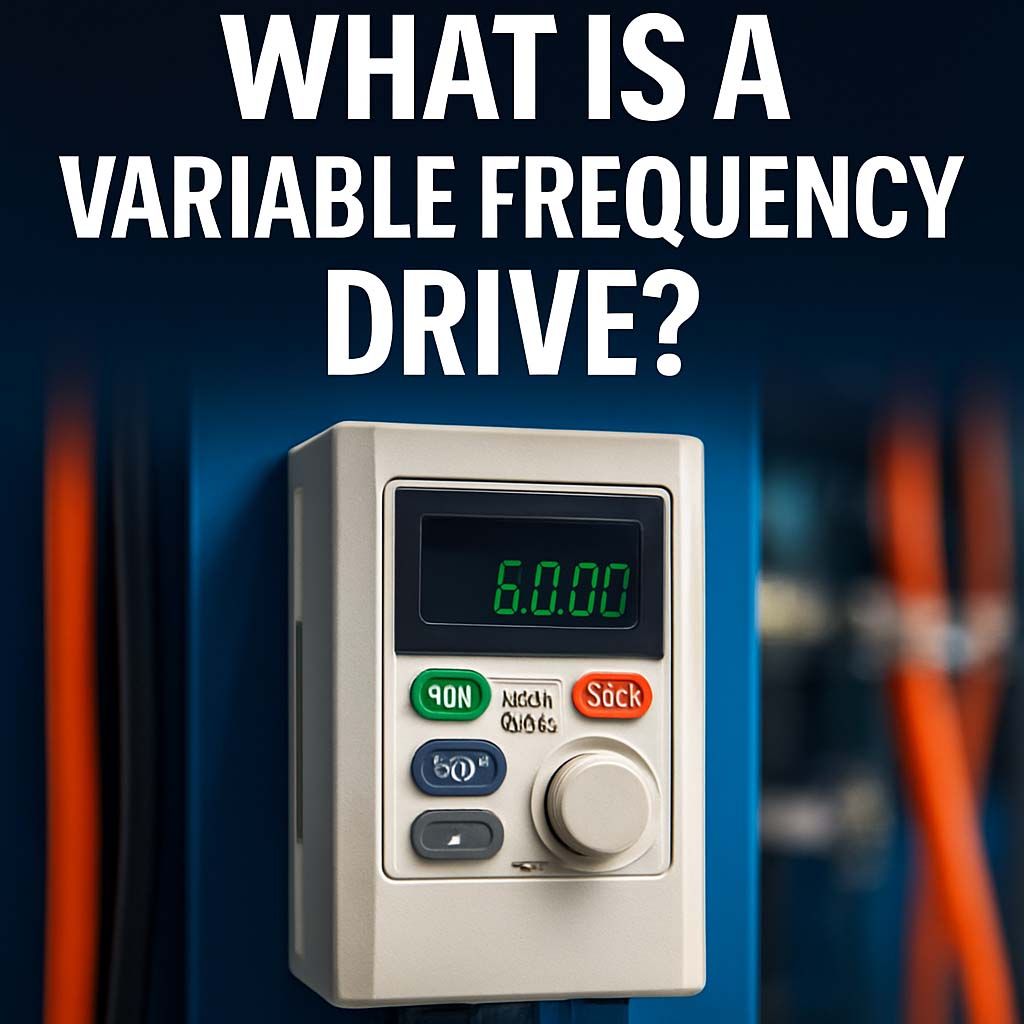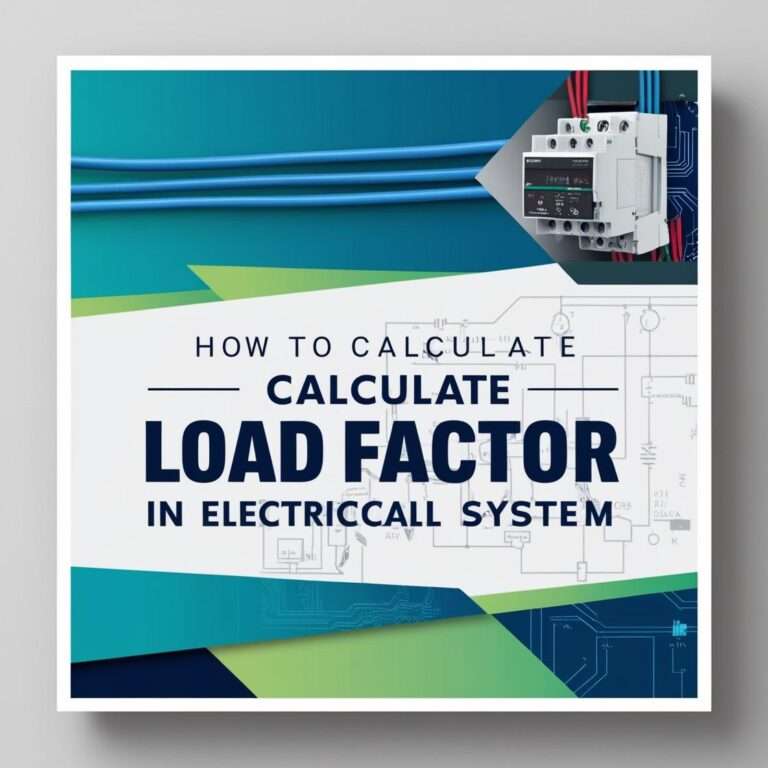What is a Variable Frequency Drive?
A frequency drive is an essential component in modern electrical engineering. It is used to control the speed and torque of electric motors. These drives are highly efficient and offer flexibility in motor control. They are also known as Variable Frequency Drives (VFDs), Adjustable Speed Drives, or Inverter Drives. Their primary function is to vary the frequency and voltage supplied to an electric motor.

This article explores the purpose, function, and technical aspects of a frequency drive, how it works, and why it is a vital component in industrial and commercial systems.
How Does a Frequency Drive Work?
A frequency drive controls the speed of an AC motor by adjusting the frequency and voltage of the power it supplies. The drive first converts the input AC power into DC using a rectifier. Then it uses an inverter to convert that DC back into AC at a different frequency.
Here’s a simplified step-by-step breakdown:
- AC to DC conversion – Rectifier circuit converts incoming AC power to DC.
- DC Bus – Stores energy and smooths the signal.
- DC to variable AC conversion – Inverter converts DC to AC at the desired frequency and voltage.
By doing this, the frequency drive controls the motor speed without needing mechanical gearboxes or pulleys.
Frequency Drive and Motor Speed Relation
In AC motors, the speed is directly related to the frequency of the supply. The formula is:
Motor Speed (RPM) = (120 × Frequency) / Number of Poles
So, by changing the frequency, the frequency drive can directly control motor speed. For example, reducing the frequency lowers the motor speed and energy consumption.
Advantages of Using a Frequency Drive
Using a frequency drive offers several benefits, especially in energy efficiency and control.
- Energy Saving: Reduces power usage by matching motor speed to load requirements.
- Extended Equipment Life: Soft starting reduces mechanical stress.
- Precise Control: Allows accurate speed and torque control.
- Reduced Maintenance: Less wear and tear compared to mechanical control systems.
These advantages make frequency drives ideal for HVAC systems, pumps, conveyors, and fans.
Applications of Frequency Drive in Industry
A frequency drive is widely used across different sectors. Some common applications include:
- Water supply systems – Control pump speeds based on demand.
- HVAC systems – Adjust fan and compressor speeds for energy savings.
- Conveyor belts – Match speed with production needs.
- Elevators and escalators – Provide smooth start and stop operations.
- Oil and gas – Used for drilling and fluid pumping operations.
In every application, the main purpose is to optimize performance and save energy.
Components of a Frequency Drive
Understanding the parts of a frequency drive helps in grasping how it functions.
| Component | Description |
|---|---|
| Rectifier | Converts AC input to DC |
| DC Bus | Filters and stores DC power |
| Inverter | Converts DC to variable AC for motor control |
| Control Unit | Microprocessor-based logic that controls the operation of the drive |
| HMI (Optional) | Human-Machine Interface for user input and monitoring |
Each of these components plays a vital role in the smooth operation of the drive.
Types of Frequency Drive
Frequency drives are classified based on their control methods:
Volts-per-Hertz (V/f) Drives
These are simple and cost-effective. They maintain a constant ratio between voltage and frequency. Suitable for fan and pump applications.
Vector Control Drives
Provide better control of torque and speed. Suitable for dynamic load conditions.
Direct Torque Control (DTC) Drives
Offer precise torque control without using feedback devices. Used in complex systems requiring fast response.
Frequency Drive Installation Considerations
Installing a frequency drive requires proper planning to ensure optimal performance. Consider the following:
- Motor Compatibility: Ensure the motor is compatible with VFD operation.
- Environment: Use proper enclosures to protect from dust, moisture, and temperature.
- Cabling: Use shielded cables to reduce electromagnetic interference (EMI).
- Cooling and Ventilation: Drives generate heat and must be adequately cooled.
Proper installation extends the life of the drive and improves system reliability.
Programming and Tuning a Frequency Drive
A frequency drive is programmable, allowing users to configure it according to application needs. Parameters can be adjusted using a keypad, software, or remote interface.
Key parameters include:
- Minimum and maximum frequency
- Acceleration and deceleration time
- Torque limits
- PID settings for closed-loop control
Proper tuning enhances performance and avoids issues like overheating or overspeed.
Common Faults in Frequency Drive and Troubleshooting
Frequency drives are reliable, but issues can arise. Here are some common faults and their possible causes:
| Fault Message | Possible Cause | Solution |
|---|---|---|
| Overvoltage Fault | Sudden deceleration or load loss | Increase deceleration time |
| Undervoltage Fault | Power supply issues | Check input voltage stability |
| Overcurrent Fault | Short circuit or high load | Inspect motor and cable connections |
| Overtemperature Fault | Poor ventilation | Improve cooling or clean air filters |
Regular maintenance and monitoring prevent most issues.
Energy Savings with Frequency Drive
One of the biggest advantages of using a frequency drive is energy savings. Unlike fixed-speed motors, a frequency drive allows the motor to run only as fast as needed. This can reduce energy consumption by up to 50% in fan and pump applications.
Example Calculation:
| Motor Application | Traditional Energy Use | With Frequency Drive | Savings |
|---|---|---|---|
| HVAC Fan | 10 kWh/day | 5 kWh/day | 50% |
| Water Pump | 20 kWh/day | 12 kWh/day | 40% |
Such savings reduce operational costs significantly over time.
Frequency Drive Maintenance Tips
To ensure long life and stable performance of your frequency drive, follow these maintenance tips:
- Inspect ventilation and cooling fans regularly.
- Clean dust from internal components.
- Tighten electrical connections.
- Update firmware as recommended by the manufacturer.
- Monitor operation logs for unusual behavior.
Preventive maintenance is key to avoiding costly downtime.
Choosing the Right Frequency Drive
Selecting the right frequency drive depends on several factors:
- Motor type and size – Match drive rating with motor specifications.
- Application load – Consider constant or variable torque needs.
- Control method – Choose between V/f, vector, or DTC based on control needs.
- Environment – Ensure the drive can withstand operating conditions.
Consult with the manufacturer or a qualified engineer to make the best choice.
Final Thoughts on Frequency Drive
A frequency drive is more than just a speed control device. It is a key part of modern automation and energy management. From HVAC systems to manufacturing lines, these drives offer precise control, energy savings, and operational flexibility. Their ability to adapt motor performance to system demand makes them indispensable in today’s electrical and mechanical systems.
Follow Us on Social:
Subscribe our Newsletter on Electrical Insights for latest updates from Electrical Engineering Hub
#VariableFrequencyDrive, #VFD, #MotorControl, #IndustrialAutomation, #EnergyEfficiency, #ElectricalEngineering, #DrivesAndControls, #VFDApplications, #ElectricMotors, #AutomationTechnology, #VFDWorking, #VFDInstallation, #VFDProgramming, #PowerElectronics, #SmartDrives





